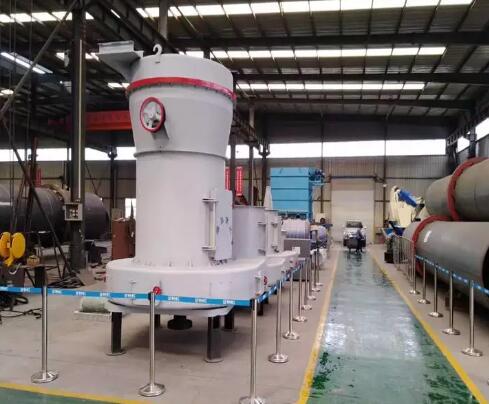Causes and solutions for dust appearing at the discharge port of Raymond mill
In the process of using the Raymond mill, we often encounter a situation where a large amount of dust will appear at the discharge port, which brings inconvenience to production. This problem often leads to equipment efficiency reduction and loss of production capacity. So, what is the cause of this problem? Xingaonai introduces you in detail:


1. Cause analysis
From the actual situation, the dust problem at the discharge port of the Raymond mill is usually related to the following aspects:
1. Unreasonable equipment selection
The specifications and models of the Raymond mill need to be selected strictly according to the nature requirements of the material. If the selection is improper, the material cannot be fully mixed inside the equipment, deformed or broken, and dust will eventually appear at the discharge port.
2. Defects in the equipment structure
This specifically refers to unreasonable design or improper operation of the discharge port. Generally speaking, the discharge port does not have proper structural coordination, resulting in material scattering, resulting in corresponding dust problems. In addition, some workers will not design the discharge port into the production line, or the cleaning of the discharge port area is not in place, which will directly affect the normal operation of the equipment.
3. Excessive heat causes material adhesion
If the material accumulates and adheres inside the Raymond mill, more dust will burst out at the discharge port. The reason for this phenomenon is that the heat of the material is too high, which causes volatilization and causes dust in the discharge port area.
2. Solution
1. In terms of equipment selection, choose the appropriate equipment model according to the properties of the material to achieve accurate selection;
2. Equipment manufacturers need to design a reasonable discharge structure to ensure that the material will not accumulate inside, and appropriately add some filtering measures to reduce the generation of dust. For existing equipment, it can be considered to be improved;
3. Control the temperature of the material to avoid excessive heat generated by the material in the equipment. In addition, the equipment can be equipped with appropriate wind power to control the heat and reduce the generation of dust in the discharge port area.
Statement: If the content on this site infringes upon the legitimate rights and interests of the original author, please contact this site to delete it.

